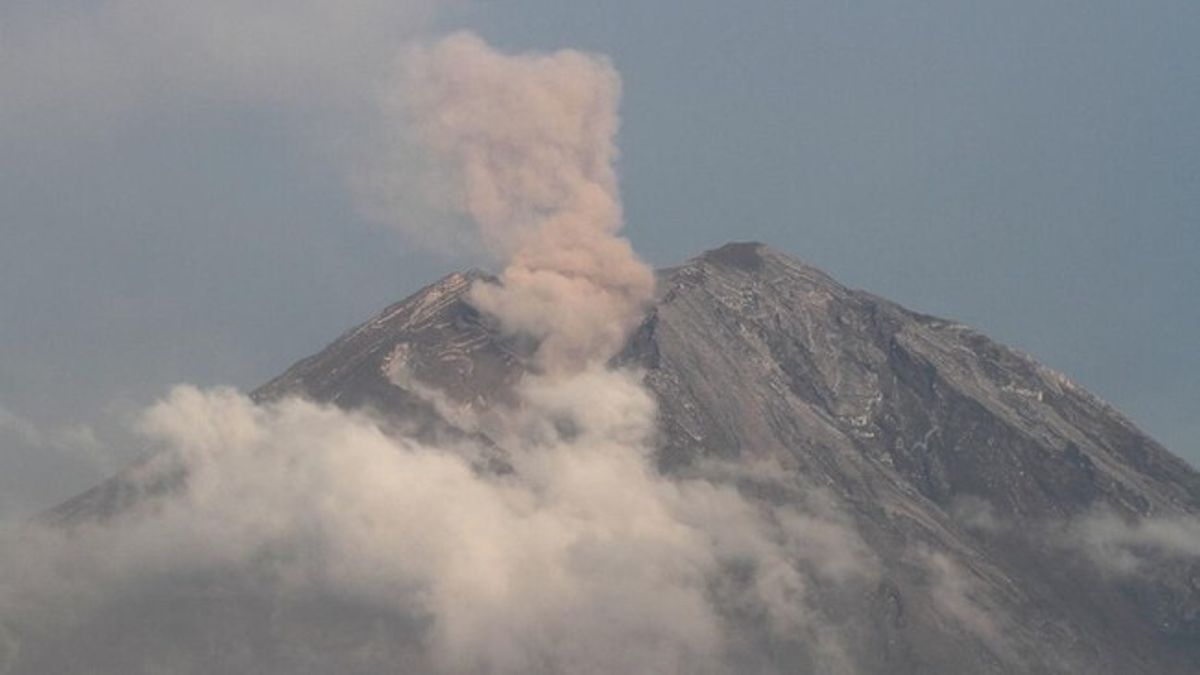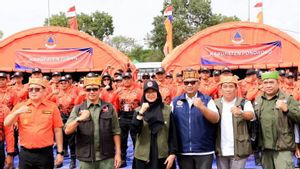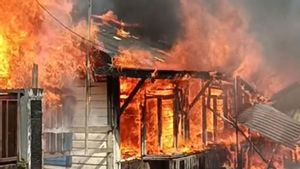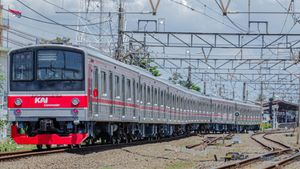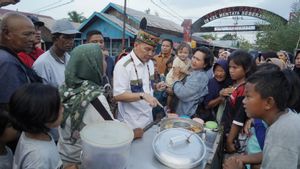JAKARTA - Mount Semeru, which is located on the border of Lumajang Regency with Malang, East Java, experienced 20 avalanches on Sunday at 12.00-18.00 WIB.
"In observations of the earthquake of Mount Semeru, there were 20 avalanches with an amplitude of 3-10 mm and an earthquake duration of 40-85 seconds," said Mount Semeru Observation Post Officer Yadi Yuliandi in a written statement received by Antara in Lumajang, Sunday night.
In addition to earthquake avalanches, he continued, Mount Semeru also experienced 28 eruption/eruption earthquakes with an amplitude of 10-22 mm and an earthquake of 59-113 seconds.
The activity of the mountain, which has a height of 3,676 meters above sea level (masl), was also recorded to experience three gusts with an amplitude of 7-8 mm and an earthquake of 36-58 seconds.
"In visual observations, Mount Semeru is clearly visible until it is covered in fog. The crater smoke is not observed, the weather is sunny, the wind is weak to moderate to the west," he said.
Mount Semeru is still on alert or level III, so that the Center for Volcanology and Geological Hazard Mitigation (PVMBG) provides recommendations so that people do not carry out any activities in the southeast sector along Besuk Kobokan as far as 13 kilometers from the summit (the center of the eruption).
SEE ALSO:
Outside of that distance, he said, the community was also advised not to carry out activities at a distance of 500 meters from the river bank (river border) along Besuk Kobokan, because it has the potential to be affected by the expansion of hot clouds and lava flows up to a distance of 17 km from the summit.
Then residents are also prohibited from doing activities within a radius of five kilometers from the crater/peak of Mount Semeru, because they are prone to the danger of throwing stones (pijar).
The public is also asked to be aware of the potential for hot clouds, lava avalanches, and lahars along rivers/valleys that originate at the peak of the Semeru Volcano, especially along Besuk Kobokan, Besuk Bang, Besuk Kembar, and Besuk Sat, as well as the potential for lahars in small rivers that are tributaries of Besuk Kobokan.
The English, Chinese, Japanese, Arabic, and French versions are automatically generated by the AI. So there may still be inaccuracies in translating, please always see Indonesian as our main language. (system supported by DigitalSiber.id)
